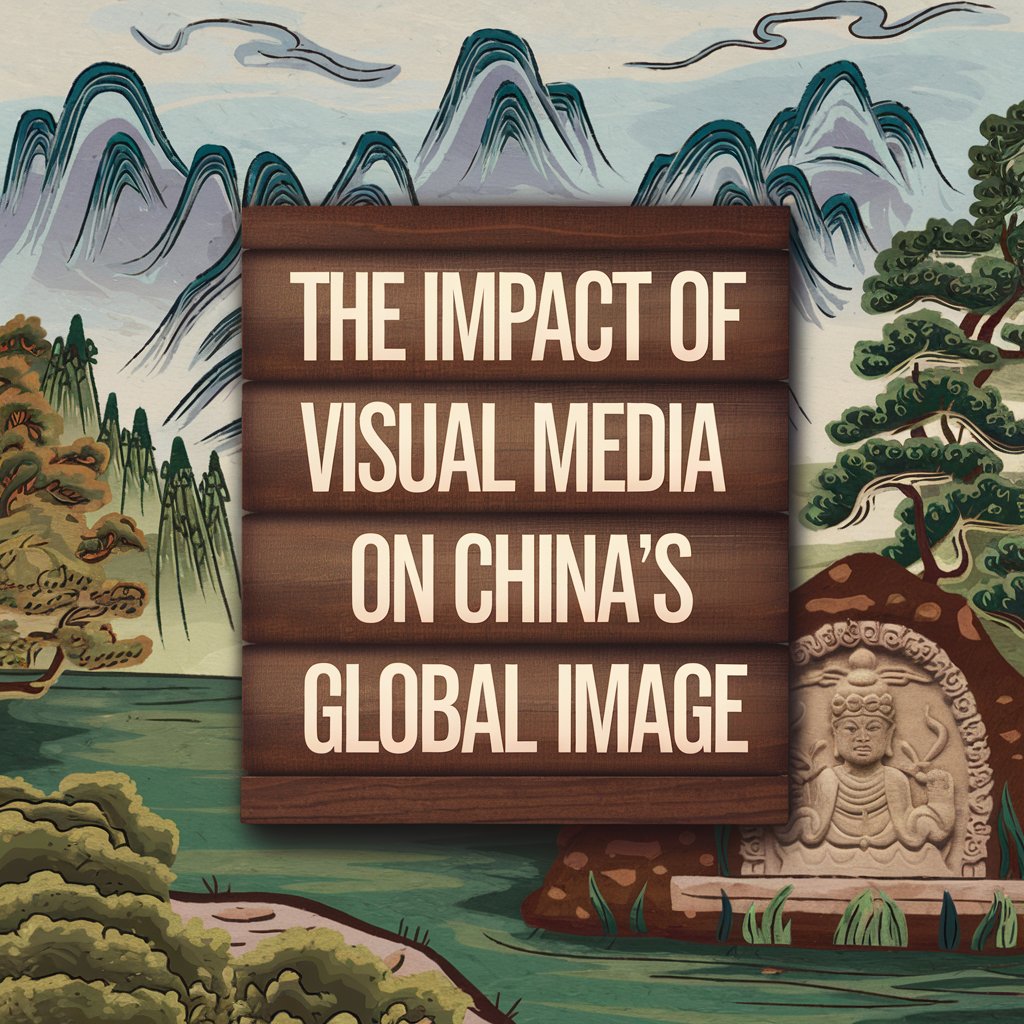In the past several years, China’s global image has undergone phenomenal changes which could be traced back primarily to visualization strategies. Important videos like those produced by CGTN (China Global TV Network) are responsible for shaping perceptions through narratives presented in such engaging manner as Video Stories of China. These narratives give insider views into various aspects of Chinese culture, development and other contributions made by this nation hence assisting greatly in its global reputation.
Improving Cultural Understanding with Help from Video Stories of China
A major avenue through which visual media impacts China’s worldwide reputation is through boosting cultural understanding. Video Stories of China display aspects related to traditions, customs and lifestyles prevailing in people residing inside China. Often neglected in Western mainstream media, these reports give comprehensive insights into the beauty and diversity found within different segments encompassing Chinese society.
These video stories emphasize traditional arts, food traditions, and local customs, leading to a better understanding and appreciation of Chinese culture. This cultural exchange effectively dismantles misconceptions while creating bridges for understanding between China and the rest of the world. The audience across the globe gains an enriched perspective that appreciates both the intricacies and magnificence embodied in Chinese culture.
Showcasing Development and Innovation
The development and innovation happening at a rapid pace in China are often showcased in Video Stories of China. These visual narratives highlight the achievements of this country in terms of infrastructure, technology as well as sustainable development. By documenting how cities are changing over time, newly invented green technologies or industrial progress these videos present a picture showing a nation pioneering global advancement.
These narratives strive to maintain an equilibrium to often negatively characterized or criticized portrayal of China by international media. Rather than just concentrating on political or economic controversies, Video Stories of China provides an impartial perspective that contains both negative sides of Chinese growth along with its contribution to global innovation. This assists in changing the discourse to position China as a global leader on modern development issues.
Humanizing China’s International Influence
The critical issues around the world are made comprehensible through visual media by emphasizing the essence of people’s stories. Video Stories of China prominently circulate individual accounts by Chinese citizens, businessmen, and pioneers. This assists the international public to appreciate the ramifications of China in their lives.
For instance, cases in point are reports about Chinese doctors who respond to global calamities or business people developing universal tech solutions, among others, that show what value has been added to humanity through China’s citizenry in the international arena. They promote understanding among different nations as they rely on shared beliefs and aspirations.
Tackling Global Problems
Moreover, One of the great contributions made by Video Stories of China is emphasizing how the Chinese government confronts global problems. For example, these films display projects that include renewable energy initiatives, poverty eradication measures and foreign aid, thus indicating that China is a serious global player; it demonstrates responsible global citizenship as it focuses on sustenance and humanitarian support.
However, the Indian attitude remains unchanged; moreover, this painting also helps in changing the world view of China from an enemy to a partner in addressing global issues. In this way, it accentuates ways of making China appear like a good nation that is changing for the better and is committed to sustainable development, technological progress and humanitarian assistance.
Conclusion
Thus, the CGTN visual media especially plays an integral role in framing China’s international reputation. Video Stories of China are key in promoting the cultural understanding, highlighting development and innovation, attaining humanization of its global presence and identifying global problem areas where they can contribute towards resolving them. Knowing this aspect ensures that a more balanced outlook is maintained while reshaping views concerning the country to appreciate her efforts towards humanity at large.
The restructured world continues to require the visual media, which has the unique ability to shape international narratives. If these Video Stories of China remain appealing, then the country will have better chances to improve its image on the international scene and establish even closer and more beneficial connections with other nations.



